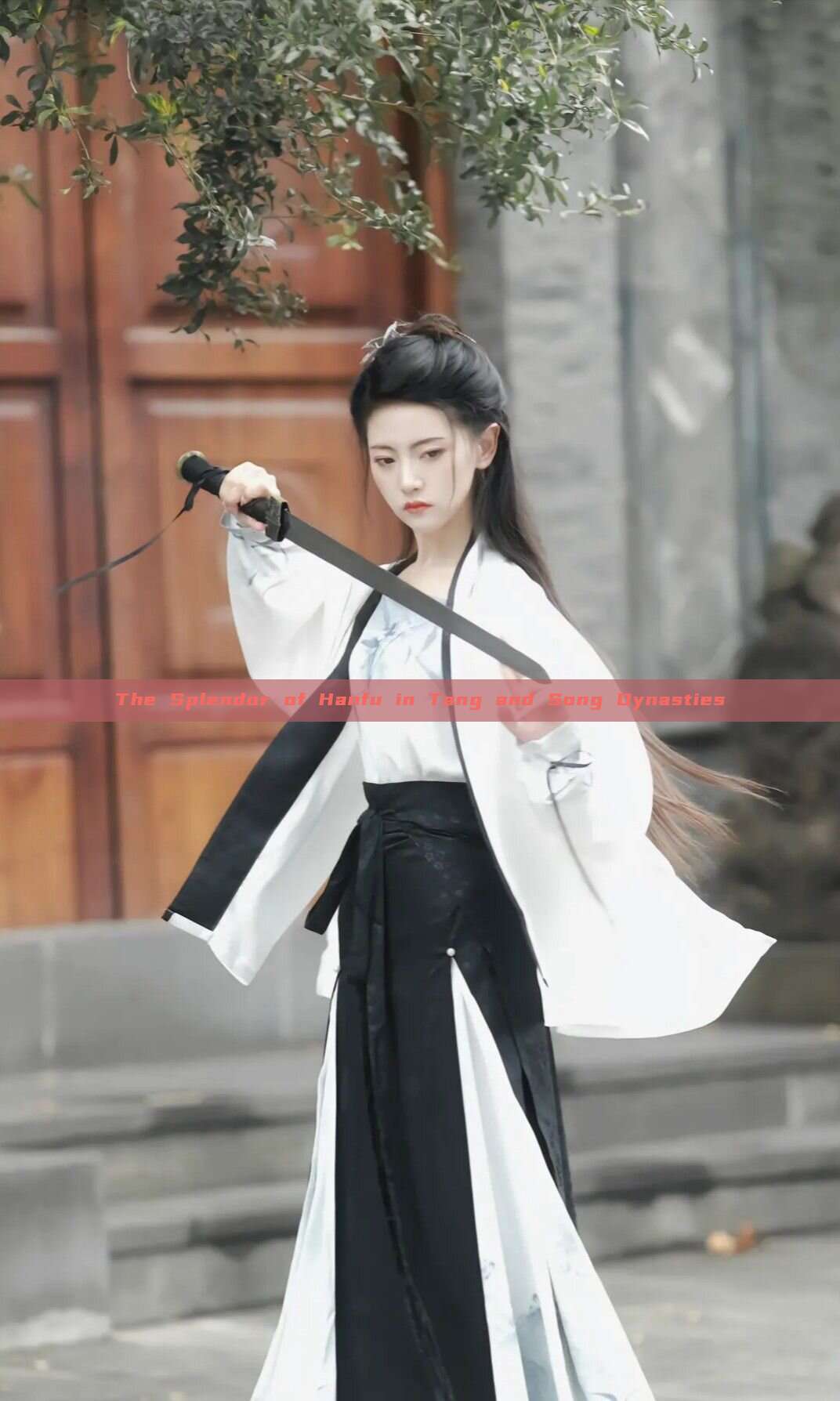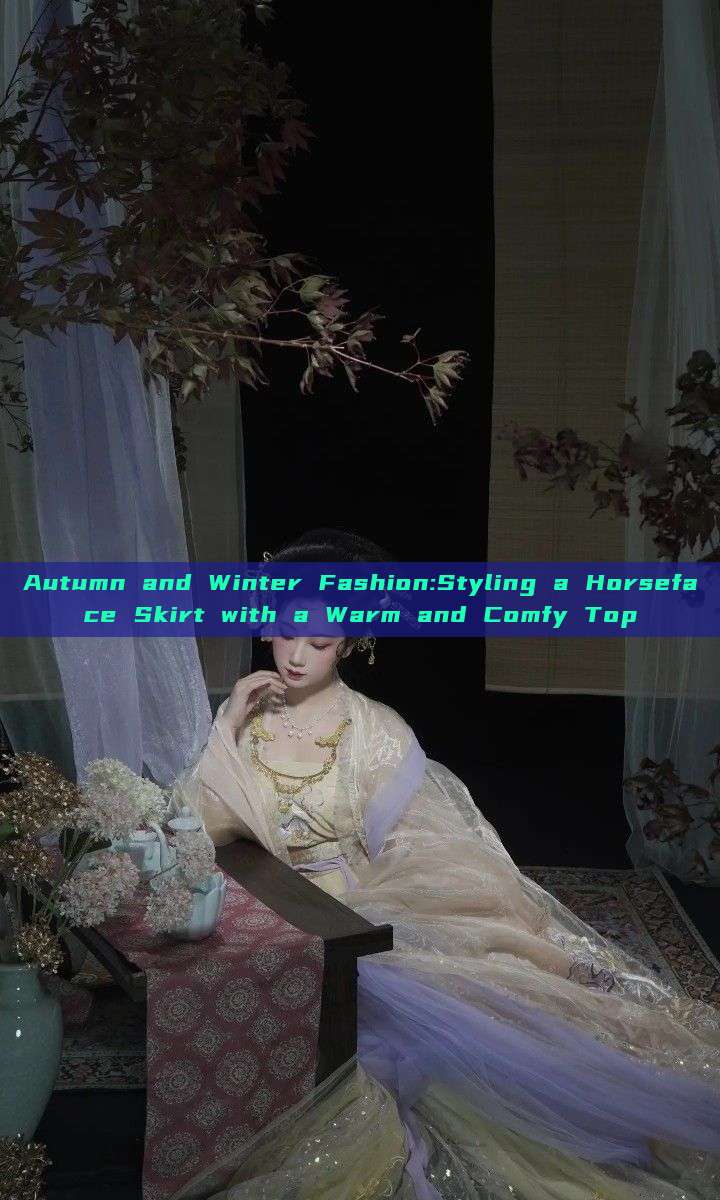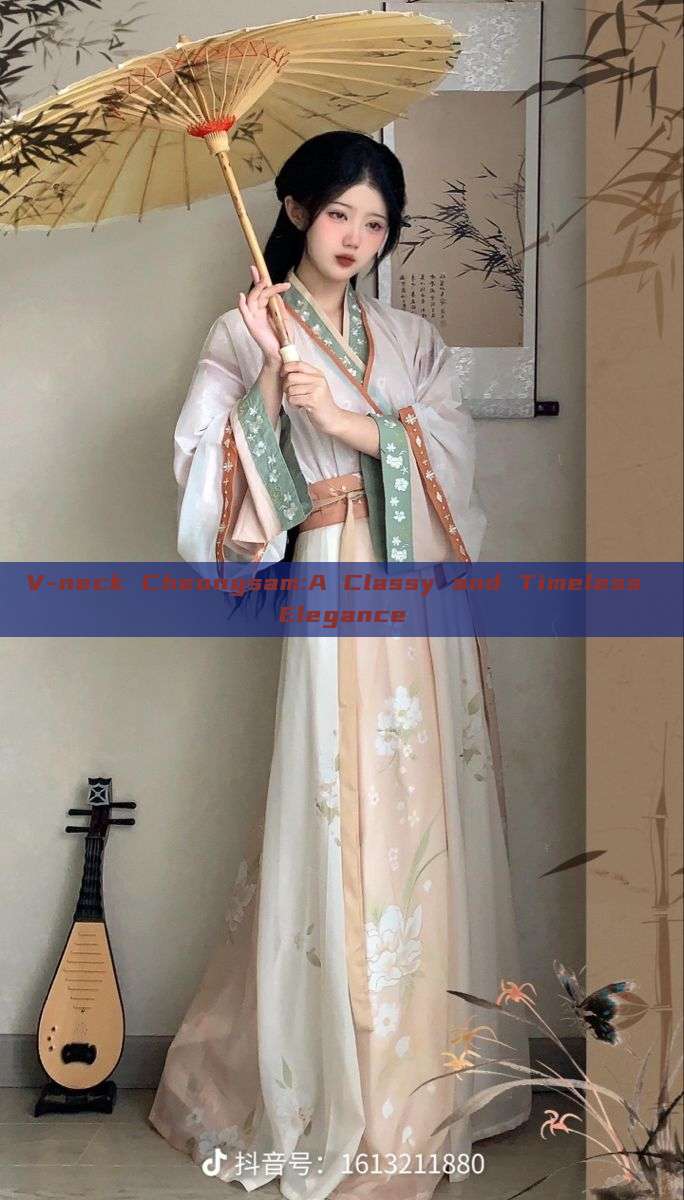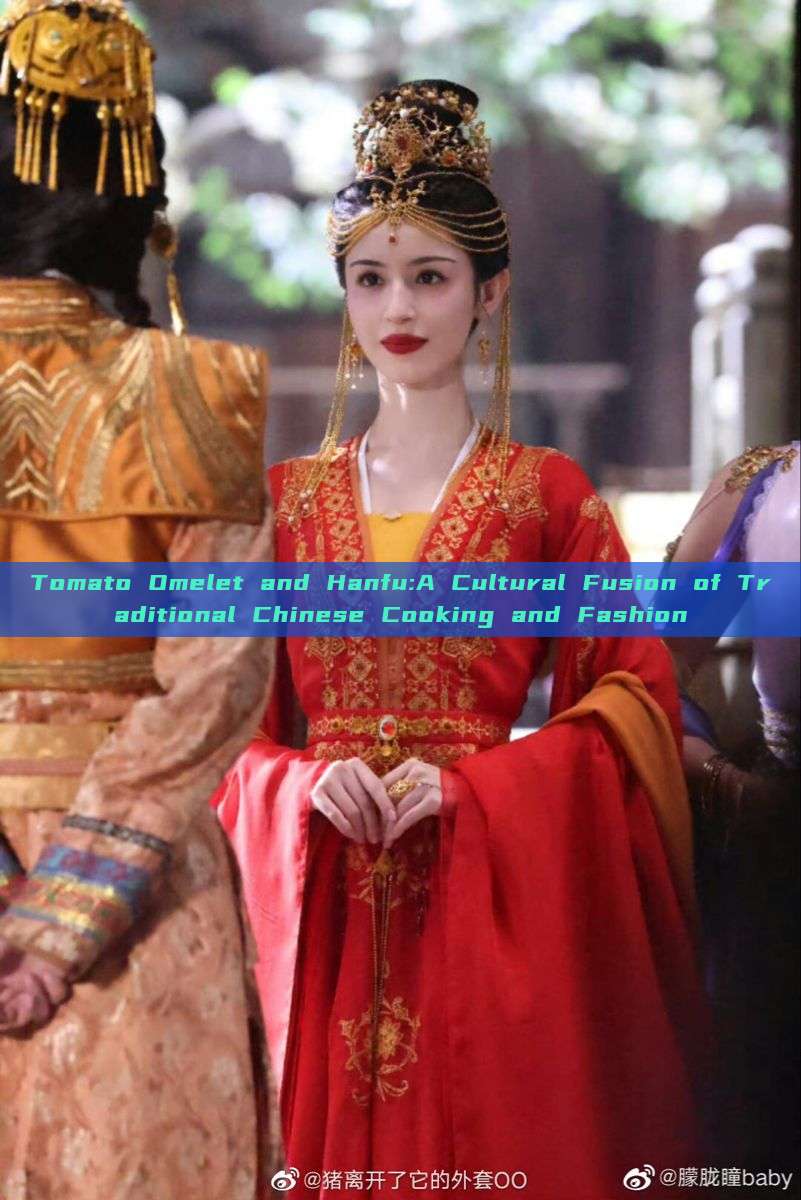In the long history of China, the Tang and Song dynasties were not only periods of political and economic prosperity, but also eras that saw the flourishing development of culture and art. Among the various cultural expressions, Hanfu, the traditional Chinese clothing, played a pivotal role. This article delves into the beauty and influence of Hanfu in Tang and Song dynasties.

During the Tang Dynasty (618-907 AD), Hanfu underwent significant transformations and became more diverse in design and style. The era saw a fusion of cultural elements, with a blend of traditional Chinese aesthetics and foreign influences, particularly from Central Asia and the West. The vibrant colors, intricate patterns, and luxurious fabrics of Tang Hanfu reflected the prosperity and openness of the era.
The most notable feature of Tang Hanfu was its emphasis on aesthetics and aesthetics alone. The clothing was designed to accentuate the natural beauty of the wearer, with a focus on graceful lines and elegant patterns. The use of vibrant colors like red, green, and purple was common, and the intricate patterns often featured animals and plants that were considered auspicious.
The Song Dynasty (960-1279 AD) witnessed a more subdued and simple style in Hanfu. While the designs became more understated, they still retained the essence of elegance and grace. The clothing of this era was more practical and less extravagant than that of the Tang Dynasty. The focus shifted from vibrant colors to more natural hues like blue, gray, and brown, reflecting the emphasis on simplicity and harmony.
The Song Hanfu was also influenced by the era's cultural and social values. With the rise of literati culture, there was a growing emphasis on inner qualities rather than external appearances. This influenced the design of Hanfu, which became more focused on comfort and practicality while still maintaining its elegance.
Both Tang and Song Hanfu had a profound influence on Chinese culture and fashion. They not only reflected the political and social conditions of their respective eras but also influenced people's values and aesthetics. The intricate designs, vibrant colors, and luxurious fabrics of Hanfu made it not only a means of protection but also a medium for expressing one's identity, status, and taste.
Moreover, Hanfu became an important symbol of Chinese culture and heritage. Its design and style have influenced other traditional Chinese forms of art like painting, poetry, and even modern fashion. The influence of Hanfu can be seen in modern Chinese fashion trends like Han style weddings and traditional festivals where people often wear Hanfu to celebrate their cultural heritage.
In conclusion, the Hanfu of Tang and Song dynasties were not just traditional Chinese clothing but also an embodiment of Chinese culture and aesthetics. They reflected the political and social conditions of their respective eras, influenced people's values and aesthetics, and became an important symbol of Chinese heritage. The influence of Hanfu continues to this day, inspiring people to appreciate their cultural heritage and embrace their identity as Chinese.
(Note: The above article is a general overview of Hanfu in Tang and Song dynasties. There are numerous variations in design, style, and influence within these dynasties, which are not covered in detail here.)







